|
Sevenoaks
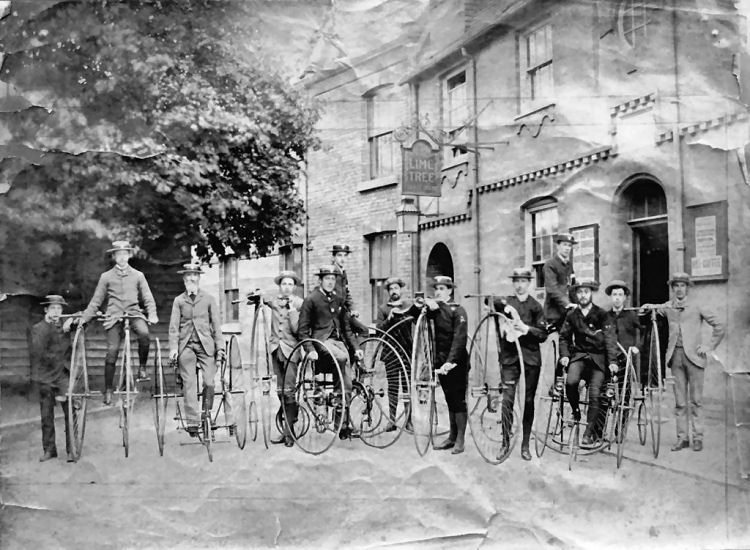
Above photo, 1886, showing the Sevenoaks Cycling Club. |
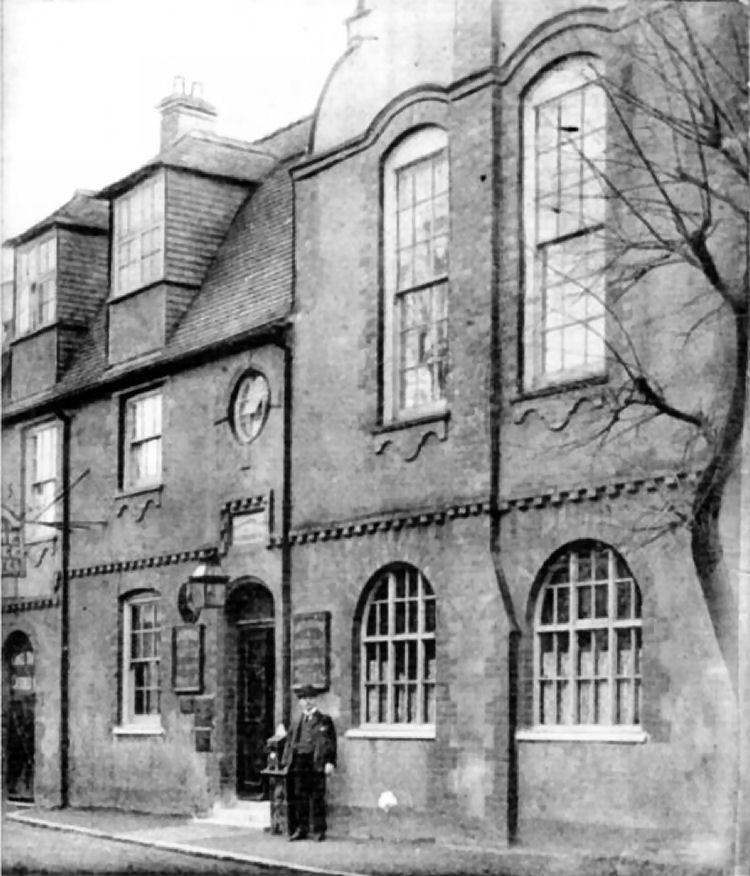
Above photo, date unknown, kindly sent by Debi Birkin. |
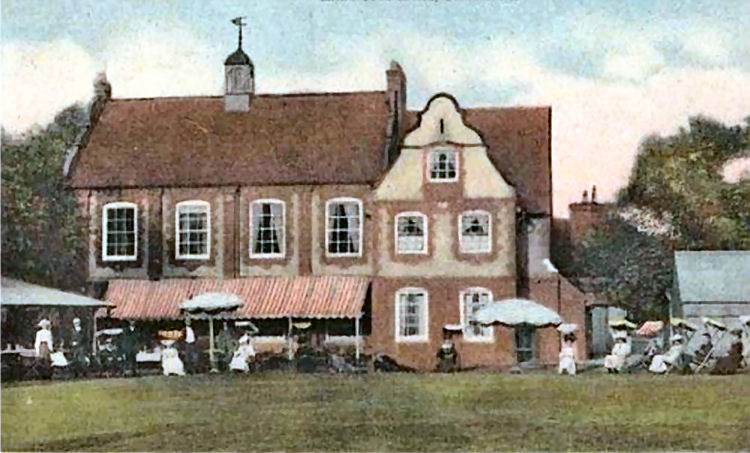
Above photo 1900. |
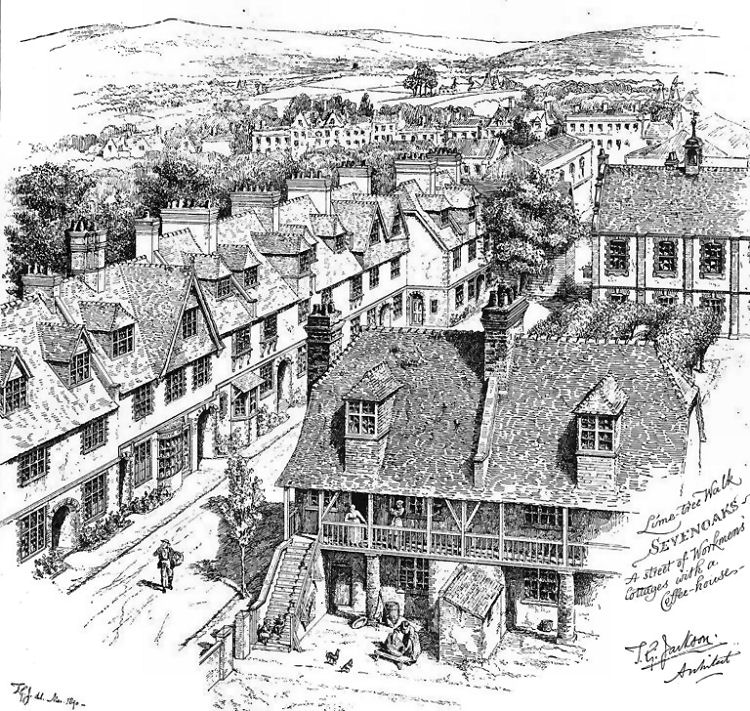
Above drawing showing Lime Tree Walk, including the coffee house. |
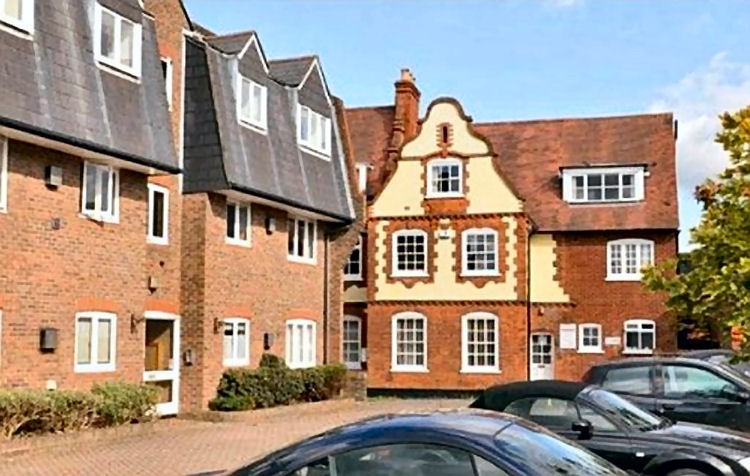
Above photo 2012. |
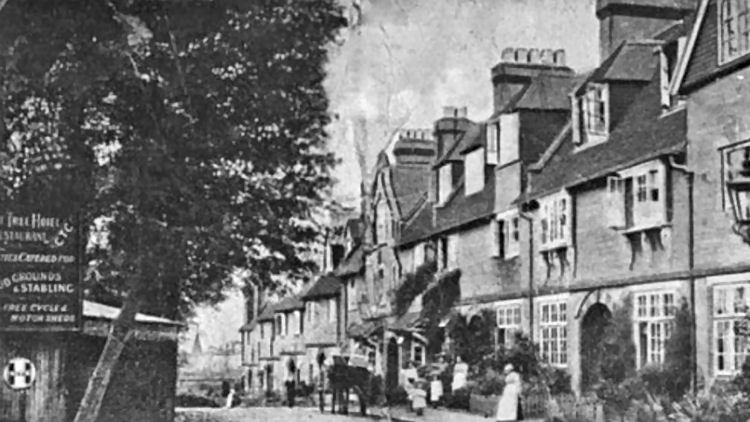
Above photo, circa 1900 showing Lime Tree Walk. |
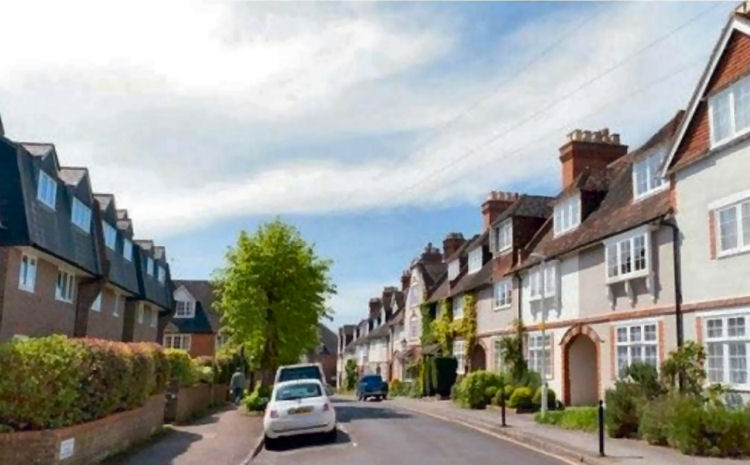
Above photo 2012. |
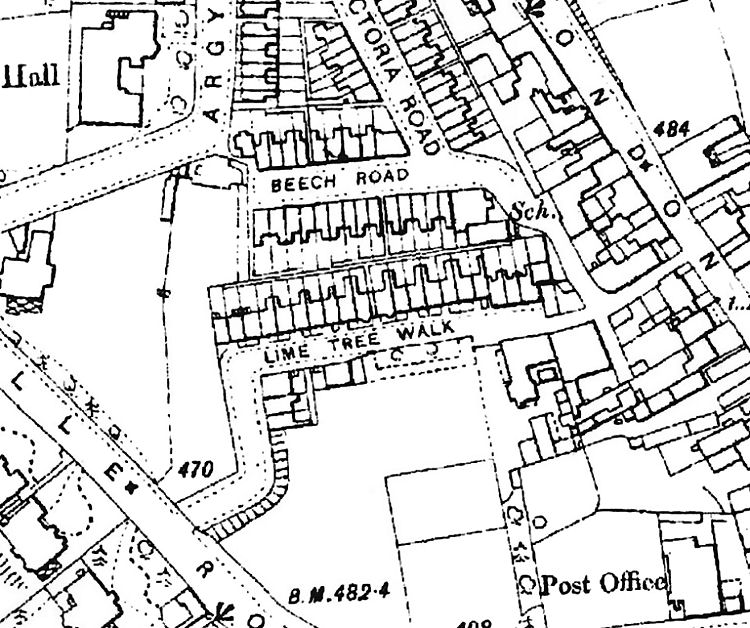
Above map, 1909. |
A bit of a strange one is this. Advertised as a Temperance Hotel, the
premises did allow guests and lodgers to bring in their own alcohol to
consume on the premises.
|
Sevenoaks Chronicle and Kentish Advertiser, Friday 18 March 1927.
LIME TREE HOTEL.
Mr. Edward Charles Windsor, Lime Tree Temperance Hotel, Sevenoaks,
represented by Mr. T. A. Grose, applied for a full license for the
Hotel. It was stated, in support of the application, that there was no
other Hotel in the town catering for the same class of person. At
present travellers could bring their own drink in, so that the granting
of the license would not affect the question of drink being consumed in
the Hotel. All that Mr. Windsor wished was to be able to supply the
large parties which frequently visited the Hotel, not to cater for the
ordinary person who wanted a drink alone. The facilities for temperance
people would not be altered by the Hotel having a license.
Mr. Windsor gave evidence that in 1926 he served 14,079 meals, and in
reply to Colonel Warner said he did not think it would he more difficult
for him to manage the Hotel if it had a license.
Replying to the Rev. Ernest Pratt, applicant stated it was true the
Hotel was advertised as a temperance establishment.
Mr. W. H. House submitted that there was no evidence of any public
demand for the license, except from parties who came from away from
Sevenoaks.
Mr. Harries opposed the application on behalf of certain license
holders, and stated that there were in the vicinity of the Hotel six
fully licensed houses, two beer houses and an off license.
The Magistrates, after retiring to consider their decision, refused the
application.
|
However, when it was first built as a Temperance Hotel residence had to
sign the pledge of teetotalism, but this doesn't seem to have been
successful and it eventually changed name dropping the Temperance word from
it's name. It eventually closed in the 1930s and was taken over by the
Sevenoaks news. It has been the Sevenoaks Business Centre since 1996 and the
Sevenoaks Chronicle offices moved in in 2012.
|
Taken from
http://www.house-historian.co.uk/tag/victorian/ accessed 28 May 2020.
Tucked away behind the busy London Road in Sevenoaks is Lime
Tree Walk, designed as ‘artisan-style’ housing by prominent Victorian
architect, Sir Thomas Graham Jackson. Jackson is most often remembered
for his work in Oxford, including Hertford College and the famous Bridge
of Sighs over New College Lane.
Twenty four houses were built along Lime Tree Walk in 1878-79 as ‘a
housing experiment for working class people in a high class residential
area’. The houses were designed and built by Sir Thomas Graham Jackson,
along with his father, Hugh Jackson, to provide ‘model dwellings’ for
Sevenoaks. When the houses were almost complete, in 1879, Jackson said
he ‘had tried to make them beautiful within the proper limits of cottage
building…with a kind simple grace which comes from plain sensible
construction.
Residents had moved into the new houses along Lime Tree Walk in
Sevenoaks by the time the census was taken in the spring of 1881 and
this reveals many of the first residents were craftsmen and women and
working-class families. Amongst these early residents were carpenters,
grocers, gardeners, labourers, bricklayers, dressmakers, shoemakers, as
well as sewing machine operators, journeyman bakers, and telegraph
messengers.
The residents along Lime Tree Walk continued from similar walks of life
throughout the late 19th into the early 20th century, and meanwhile Sir
Thomas Graham Jackson continued as the owner until his death in 1924.
Alongside the houses by Thomas Jackson, Lime Tree Walk also featured a
Coffee House, built in 1882, which later became the ‘Lime Tree
Temperance Hotel’. It was also used as the headquarters of the local
cycling club during the late 19th and early 20th centuries, when cycling
had become the newest and latest craze. It even features a cycle themed
weathervane!
Today, this row of ‘workmen’s dwellings’ are Grade II listed and have
become a popular residential area in the centre of Sevenoaks.
|
|
Sevenoaks Chronicle and Kentish Advertiser, Friday 18 March 1927.
LIME TREE HOTEL.
Mr. Edward Charles Windsor, Lime Tree Temperance Hotel, Sevenoaks,
represented by Mr. T. A. Grose,
applied for a full license for the Hotel. It was stated, in support of
the application, that there was no other
Hotel in the town catering for the same class of person. At present
travellers could bring their own drink
in, so that the granting of the license would not affect the question of
drink being consumed in the Hotel.
All that Mr. Windsor wished was to be able to supply the large parties
which frequently visited the Hotel, not
to cater for the ordinary person who wanted a drink alone. The
facilities for temperance people would not
be altered by the Hotel having a license.
Mr. Windsor gave evidence that in 1926 he served 14,079 meals, and in
reply to Colonel Warner said he did
not think it would he more difficult for him to manage the Hotel if it
had a license.
Replying to the Rev. Ernest Pratt, applicant stated it was true the
Hotel was advertised as a temperance
establishment.
Mr. W. H. House submitted that there was no evidence of any public
demand for the license, except from
parties who came from away from Sevenoaks.
Mr. Harries opposed the application on behalf of certain license
holders, and stated that there were in the
vicinity of the Hotel six fully licensed houses, two beer houses and an
off license.
The Magistrates, after retiring to consider their decision, refused the
application.
|
LICENSEE LIST
WINDSOR Mr 1926-27+
|







